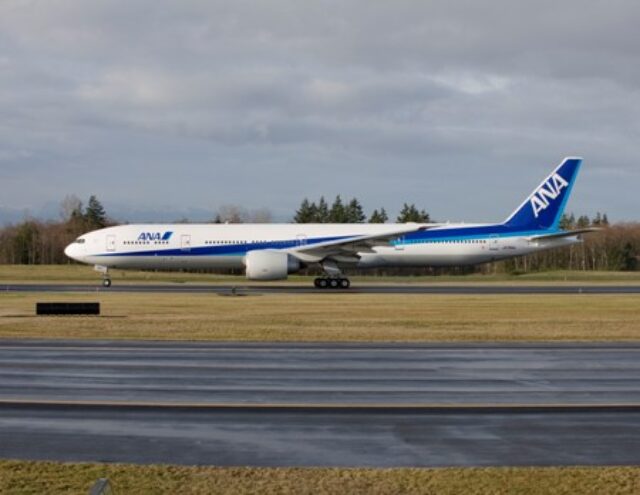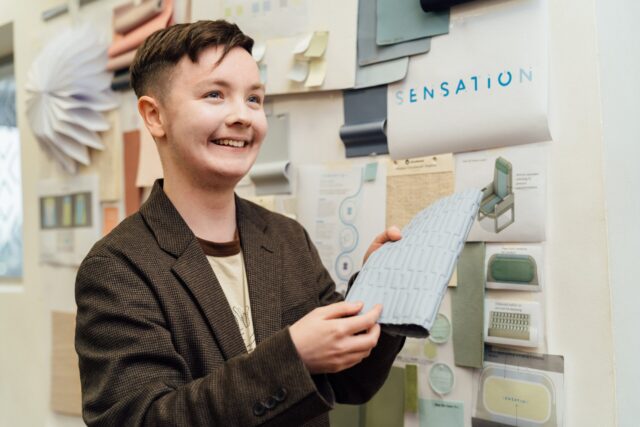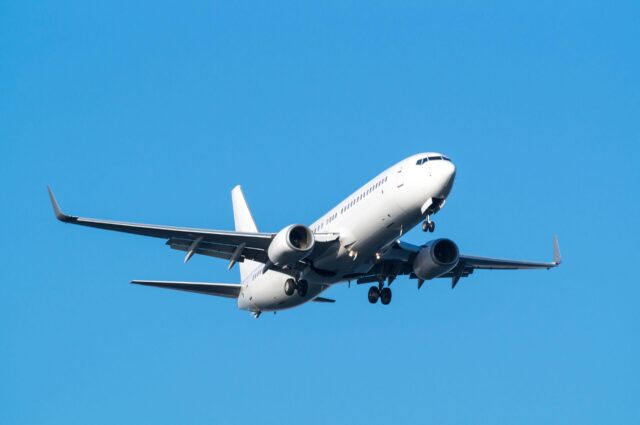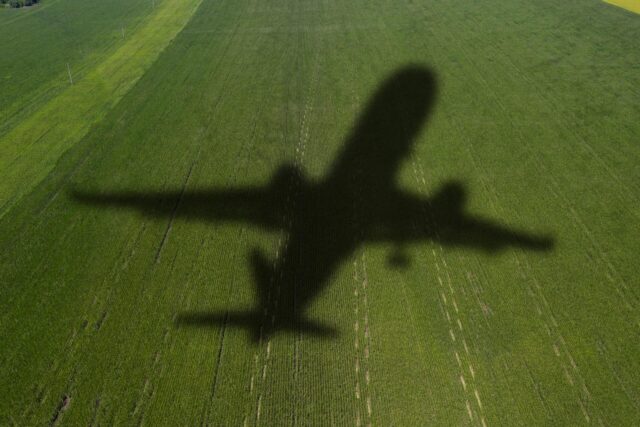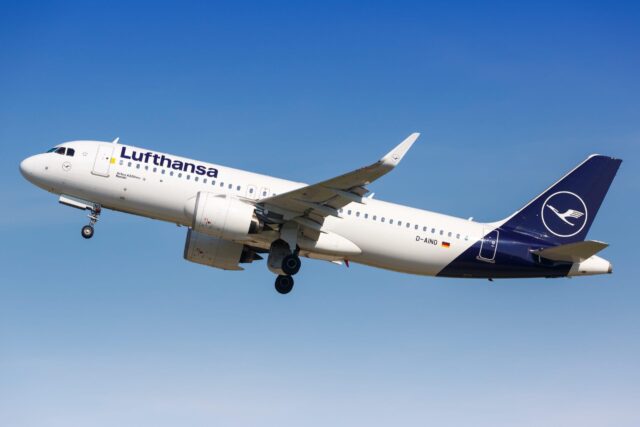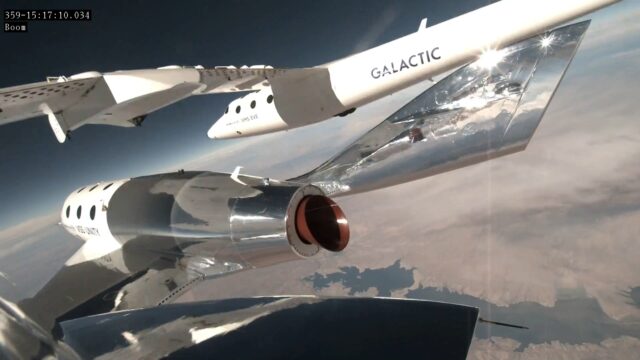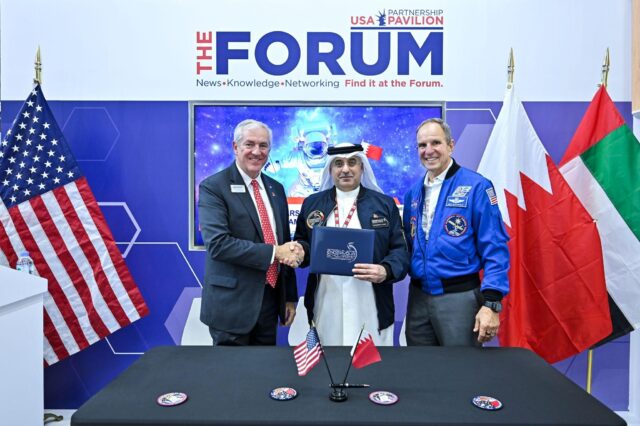Radia’s Windrunner: A giant revolution
September 19, 2024

The aerospace startup sector is full of big ideas, but perhaps none quite so ambitious in scale – quite literally – as Radia’s Windrunner: a 108m long leviathan poised to revolutionise the onshore wind turbine market. With its primary purpose to transport outsized turbine blades to previously inaccessible locations, the Windrunner aircraft will be unique among its thermal-engined peers; helping facilitate the mass production of greener energy through its distinctive cargo missions.
The scale of the challenge
Established in Boulder, Colado in 2016, Radia has been in “stealth mode” for seven years, explained CEO and founder Mark Lundstrom; with the company’s presence at the Farnborough International Airshow 2024 marking its public debut within the aerospace industry. The interest around the company’s stand was certainly inkeeping with the scale of its aspirations: to build and certify the largest aircraft designed to date, possessing a total volume about 12 times the capacity of a 747.
Funded thus far from a combination of venture capitalists, high net worth individuals and strategic partners, Radia is also looking towards US government funding including green energy programmes, export credit facilities and some local incentives.
Although the Windrunner will be capable of moving around 70 tons of cargo, “it’s the first time, I believe, that an aircraft was ever designed to move volume instead of mass,” revealed Lundstrom; specifically, the 103m long wind turbine blades the aircraft’s design has been optimised around.
Why the need for bigger blades?
Several years ago, two of the world’s biggest turbine manufacturers revealed they knew how to make offshore sized turbines the size of the Eiffel Tower, explained Lundstrom; with the companies “frustrated they can’t move that size of a turbine to where the market is 10 to 20 times bigger onshore”. In May 2024, the Global Wind Energy Council estimated that wind turbine manufacturers supplied a record amount of volume in 2023, with the global industry entering “a period of accelerated growth” concentrated in “mature markets” such as the US.

Crucially, a longer blade equates to a higher power output; reducing cost whilst doubling or tripling the turbine’s capacity. “These bigger turbines will unambiguously provide the cheapest source of power in the world,” said Lundstrom. However, whereas longer blades can be transported offshore comparatively easily, limitations of road transportation currently prevent these from being installed onshore. Radia’s partnership with almost all of the major turbine manufactuers worldwide has subsequently informed the design of the Windrunner.
To date, the world record for the longest piece of air cargo transported– two 42.1m wind turbine blades – is held by the Antonov An-225 Myria, measuring in at ‘only’ 84m long. However, with the only one ever built destroyed in 2022, “the world has a couple of decades of unserved, effectively, cargo market or production of large cargo aircraft” explained Lundstrom.
Building the behemoth
With a wingspan of 80m and a total length of a football field, this is no standard cargo aircraft, despite being able to operate from the same airports and hangars an A380 can use (with regards to wingspan and tail height constraints). “You need to pay special attention to the landing gear, the tyres, and to the placement of the engines,” revealed Lundstrom, the latter imperative for Winndrunner’s missions into remote dirt strips as short as 1,800m. The elevation of Radia’s engines is the equivalent of a three-storey building, while its cockpit sits at a height of around five stories.
Having already undertaken wind tunnel analysis, rather than constructing a subscale model to commence the flight test campaign with, the first aircraft to be assembled and undergo certification testing will be full-size.

Radia has already attracted industry partners in the form of Aernnova, Leonardo and AFuzion, with an assembly site to be situated at an as-yet-undisclosed US location. “It’s not about technical risk – it’s about execution,” continued Lundstrom. “It’s great to have some of the top suppliers in the world integrated into the project as well, and the impact all these different companies can have on the project”.
As many existing components as can be leveraged from existing aerospace companies will help the startup create its “minimum viable aircraft,” with Lundstrom acknowledging that while it’s unusual for aerospace companies to have this direct exposure to the energy industry, he believes this is an initiative that will be “very healthy for them – an exciting interface”.
“Another unique thing about Radia is that we are our own customer for the aircraft,” Lundstrom mused, citing the benefits this can bring to an expedited manufacturing and certification process. No entry into service date has yet been set, although Radia is confident it will have “a very vibrant business” before the end of the decade.






